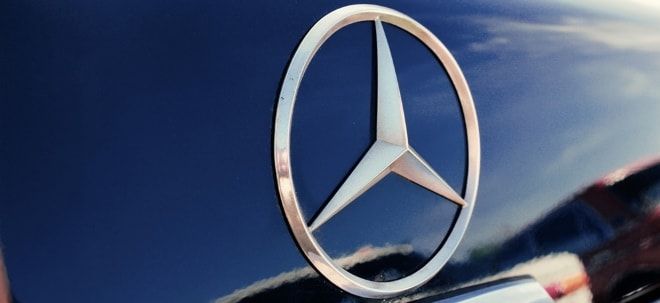| Kurse + Charts + Realtime | News + Analysen | Fundamental | Unternehmen | zugeh. Wertpapiere | Aktion | |
|---|---|---|---|---|---|---|
| Kurs + Chart | Chart (gross) | News + Adhoc | Bilanz/GuV | Termine | Strukturierte Produkte | Portfolio |
| Times + Sales | Chartvergleich | Analysen | Schätzungen | Profil | Trading-Depot | Watchlist |
| Börsenplätze | Realtime Push | Kursziele | Dividende/GV | |||
| Orderbuch | Analysen | |||||
| Historisch | ||||||
Kurse + Charts + Realtime
News + Analysen
Fundamental
zugeh. Wertpapiere
|
19.07.2025 10:05:00
|
Warren Buffett Sold Apple and Bank of America in Favor of This Boring Investment Offering a 4.3% Yield
Warren Buffett's tremendous success as an investor didn't come from trying to time the market, nor from predicting which stocks would go up or down in the near term. Those are impossible tasks, he has noted on multiple occasions. Instead, the primary thing that Buffett and his team at Berkshire Hathaway (NYSE: BRK.A) (NYSE: BRK.B) do is try to determine whether a business, at that particular moment, is worth more or less than its market price.That strategy has led to some phenomenal results. Berkshire Hathaway stock has grown at a compound annual rate of about 20% since 1965, when Buffett took control of what was then a failing textile business. To put that in perspective, the S&P 500 (SNPINDEX: ^GSPC) has produced compound annual returns of just 10.4% over that time. As impressive as that may sound, it can be hard to grasp just how vast that difference becomes when compounding has decades to work its magic. From 1965 through 2024, an investment in the S&P 500 (with dividends reinvested) would have multiplied in value by about 390 times. The same investment in Berkshire would have risen by more than 55,000 times.Continue readingWeiter zum vollständigen Artikel bei MotleyFool

